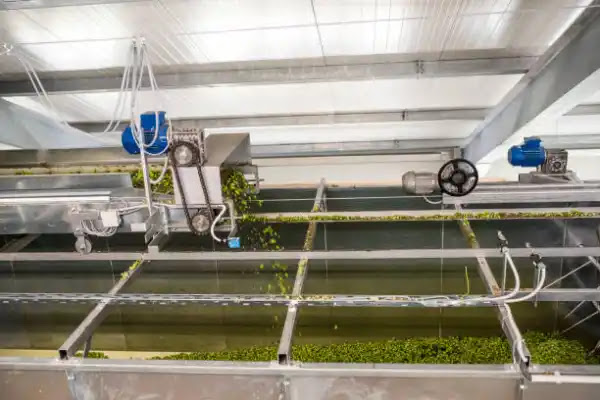Featured
- Get link
- X
- Other Apps
Trickle Irrigation in Aquaponics
Aquaculture Systems
Introduction
Aquaponics and aquaculture are sustainable farming methods
that integrate fish farming with plant cultivation. Trickle irrigation, also
known as drip irrigation, is a water-efficient technique commonly used in
agriculture to deliver water directly to the roots of plants in a controlled
manner. When applied in aquaponics and aquaculture systems, trickle irrigation
can enhance water conservation, nutrient distribution, and overall system
productivity. This article explores the benefits, implementation, and
considerations of utilizing trickle irrigation in aquaponics and aquaculture setups.
Benefits of Trickle Irrigation:
- Water
Conservation: Trickle irrigation minimizes water wastage by delivering
water precisely where it's needed – at the root zone of plants. This
targeted approach reduces evaporation and runoff compared to conventional
watering methods, making it highly efficient, particularly in
water-limited environments.
- Nutrient
Distribution: In aquaponics systems, fish waste provides nutrients for
plant growth. Trickle irrigation delivers this nutrient-rich water
directly to the plants, optimizing nutrient uptake and promoting healthier
growth. Additionally, the slow release of water allows for better nutrient
absorption and utilization by plants, leading to increased crop yields.
- Improved
Oxygenation: Trickle irrigation systems promote better aeration of the
root zone by allowing air to penetrate the soil or growing medium. This
oxygenation is crucial for root health and overall plant vitality, which
in turn enhances the overall performance of aquaponics and aquaculture
systems.
- Reduced
Disease Risk: By keeping foliage dry and minimizing soil moisture levels,
trickle irrigation helps to mitigate the risk of fungal diseases and root
rot in plants. This is particularly advantageous in closed-loop aquaponics
systems where maintaining optimal water quality and plant health is
essential for sustainable production.
Implementation of Trickle Irrigation in Aquaponics and Aquaculture Systems:
- System
Design: When integrating trickle irrigation into aquaponics or aquaculture
setups, careful system design is essential. This includes selecting
appropriate tubing, emitters, filters, and valves to ensure efficient
water distribution and minimal clogging. The layout of the irrigation
system should also consider the specific requirements of the plants and
fish being cultivated.
- Water
Quality Management: Maintaining water quality is critical in aquaponics
and aquaculture systems to support healthy fish and plant growth. Trickle
irrigation systems should be equipped with adequate filtration and monitoring
systems to prevent clogging and ensure that only clean water reaches the
plants.
- Scheduling
and Monitoring: Proper scheduling of irrigation cycles is essential to
prevent overwatering or underwatering of plants. Monitoring soil moisture
levels, nutrient concentrations, and overall system performance allows for
adjustments to be made in real-time, optimizing water and nutrient
delivery for maximum productivity.
Considerations for Trickle Irrigation in Aquaponics and Aquaculture:
- Cost:
While trickle irrigation systems offer long-term water and resource
savings, the initial investment in equipment and infrastructure can be
significant. However, the potential for increased crop yields and improved
system efficiency may justify the upfront costs for many farmers and
growers.
- Maintenance:
Regular maintenance of trickle irrigation systems is necessary to ensure
proper functioning and prevent clogging or malfunctioning of emitters and
tubing. This includes periodic cleaning, inspection, and replacement of
components as needed.
- Compatibility
with Fish Species: Some fish species may be sensitive to changes in water
quality and oxygen levels caused by trickle irrigation. It's essential to
select plant species and irrigation techniques that are compatible with
the specific requirements of the fish being cultivated to avoid stress or
health issues.
Conclusion
Trickle irrigation offers numerous benefits for aquaponics
and aquaculture systems, including water conservation, nutrient distribution,
and improved plant health. By delivering water directly to the root zone of
plants in a controlled manner, trickle irrigation enhances system efficiency
and productivity while minimizing environmental impact. However, successful
implementation requires careful planning, system design, and maintenance to
ensure optimal performance and compatibility with the specific needs of fish
and plants in the system. Overall, integrating trickle irrigation into
aquaponics and aquaculture setups holds great potential for sustainable food
production and resource management in agriculture.
- Get link
- X
- Other Apps
Popular Posts
Air Filter Created That Can Kill the Coronavirus – 99.8% Effective on SARS-CoV-2
- Get link
- X
- Other Apps


